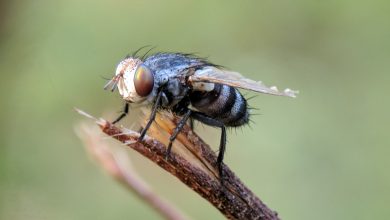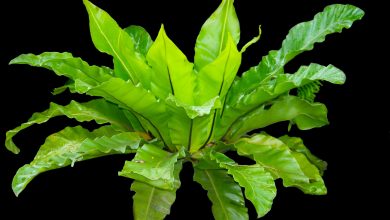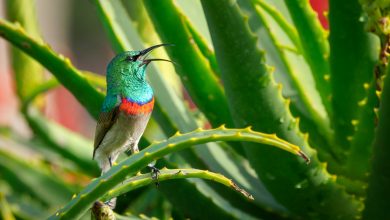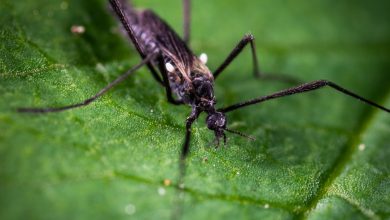Anthurium Care: How to Make the Flamingo Flower Bloom
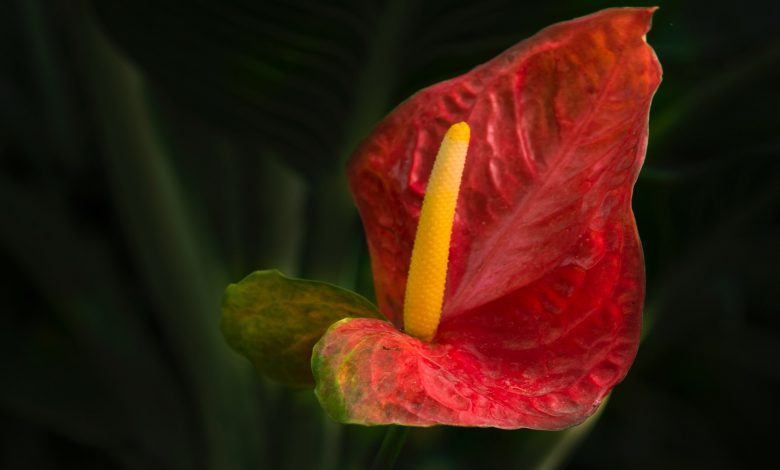
Not too many flowers have the privilege of brandishing some of the distinctive qualities of flamingo flowers: glamorous, waxy, and luminous red spathes and glossy dark-green leaves. Hence, a gardener seems to worry once they notice their flamingo flower drooping rather than blooming.
The ornamental flamingo flower, otherwise known as Anthurium, has an all-year-round flowering season. However, there are chances that it may yield healthy-looking foliage but end up not flowering. This begs the question:
Why Is My Anthurium (Flamingo Flower) Not Flowering?
You may find your palette-shaped flower not blooming for many reasons. However, these reasons could be summed up into one sentence: lack of proper care. So the solution is to find out and practice the best ways to make your flamingo flower bloom again every three months. Here are a few ways to make your flamingo flower bloom all year.
Right Potting and Watering
Without the right potting mixture, your anthurium flamingo is as good as dead. A poorly drained potting mixture would hinder the plant’s soil from draining as fast as it should during irrigation. Also, a soggy potting mixture may prevent the root of your plant from taking in oxygen, thereby causing root rot and depriving it of the required energy it needs to bloom.
Flamingo flowers are tropical rainforest plants and are epiphytic, so just like your bromeliads and orchids, they grow on trees and have their preferred environment. Although they enjoy abundant rain while on trees, their roots, which are found outside the soil, ensure that they’re not drenched in water. Therefore, the flamingo flower within the comfort of your home expects you to water its potting mixture in the right proportion.
Consider factors like the weather and climate of your area, size of your plant, and season of the year, when deciding on the watering frequency for your flamingo plant. For instance, try doing more watering in the summer than during the rainy season.
Furthermore, this flower, renowned for bursting with life, will remain healthy or come back alive if you plant it in a coarse and dry combination of perlite, moss, peat, and pine bark in equal proportion. Shake the combination well around the roots of the plant; by so doing, you’ll be avoiding air pockets that can cause root drying.
Right Temperature and Radiation
Anthurium flamingo is a soft and delicate plant, so it thrives well in a warm environment with daytime temperature within the range of 70 to 85 degrees Fahrenheit (21 to 29 degrees Celsius). Besides, at night, the temperature above 50 degrees Fahrenheit would be just perfect. Thus, you’ll be preventing your flamingo plants from stunted growth and leave discoloration.
One of the best things you can do to make your anthurium flamingo comfortable is to keep it indoors. Or create an indoor setting that would prevent your houseplant from being confronted by drafts and abrupt changes in temperature. Know that flamingo flowers are quite sensitive to temperature, so keep them far away from windows, entrances, heating, and cooling vents that can suddenly expose them to breeze or chilly weather.
While thinking about temperature, have the right amount of radiation in mind for your plant. One of the basic needs of this small houseplant is partial sunlight. Thus, consider keeping them in an environment not deprived of sunshine. However, avoid direct radiation that can scorch their leaves. A well-radiated indoor area or a semi-shaded area outside are ideal. This way, your flamingo can spread their foliage like wings and produce enough blooms for more aesthetic beauty.

Proper Fertilization
As you apply fertilizers on your flower, remember that just a reasonable amount of fertilizer would do. Otherwise, it may cost you the lushness of your Hawaiian love. Opt for an organic, granular formula or a well-diluted (ten to twenty percent strength) fertilizer. Put it to use at an interval of four to six weeks because the excessive application of fertilizer can burn your plant leaves and inhibit them from blooming.
Right Humidity
A flamingo flower requires a moist atmosphere; after all, it’s a tropical plant. To achieve this, keep it in an area of high humidity so that it doesn’t lose its radiance or its capacity to flower and survive.
To provide high humidity for your plant, group your flamingo flowers together or along with other tropical plants that require high humidity. You can also get a room humidifier or place them on a humidity tray; this object is a shallow tray comprised of stones and water in such a way that the pot doesn’t get touched by the water.
Along with abundant moisture in the atmosphere, allow enough ventilation in the area you position your plant. This way, you’ll be preventing fungus, insect, and mold infestation. Also, place a working fan beside your plant. However, it mustn’t blow directly at it. Remember, excessive air can ruin your favorite flower.
Repot Your Plant
Nothing lasts forever, so don’t expect your flamingo flower’s potting mixture to maintain its shape for too long. As time begins to take its course on it, it’ll further disintegrate and therefore become denser, reducing the amount of oxygen reaching your plant.
Furthermore, salt content from applied fertilizer may become accumulated in the plant’s soil over time. This soil abnormality may hamper the bloom of your flowering plant.
How to Repot Your Plant
Your plant is due for repotting once it begins to outgrow the pot you placed it in. Find and use a new pot larger than the one it’s currently using, but not too large that it’d store so much water during irrigation, thereby rotting the root. Ensure that the new pot or container has several holes at the bottom to allow adequate aeration. Fill the pot to a quarter size with the potting mixture.
Subsequently, gently transfer your plant from its present pot. Endeavor to cut off the roots growing out of the bottom hole of the pot; this way, it becomes easy to transfer the plant without exercising force because exerting pressure can ruin both your plant and its root.
Furthermore, put the flamingo flower in the new pot and pour the potting mixture. Ensure that the new planting depth isn’t deeper than the former. Press down the soil surrounding the base of the plant with your hands and water after that. And finally, place the new pot in the previous position of the old pot.
Get Rid of Your Flamingo Flower Root Rot
Do you find the base of your flowering plant turning black, its foliage losing its vibrant color, and drying up? If yes, that’s root rot taking place, and you should swing into action immediately if you must save your plant. However, if these signs have taken over a more substantial part of the plant, it becomes too late to save all of your flamingo flowers except the smaller part left unaffected.
To do this, gently lift the plant from its pot. Shake off the soils accumulated in the roots and examine the roots for rot. Cut off the affected area with sterilized trimming tools. Make soapy water and wash the pot with it. After that, refill the container with a neat, adequately drained potting mixture. Ensure to plant your flamingo flower at the former depth it was growing.

Get Rid of Your Flamingo Flower Pests
One of the reasons your flowering plant may have refused to bloom may be that there’s a pest in the picture. It could be a host of spider mites, bacterial blight, bacterial wilt, mealybugs, or aphids. But there’s a solution to this unhealthy relationship between your plant and those unwelcomed pests.
Spider Mites
It’s not so hard to realize that spider mites might be the reason behind the discoloration of your plant leaves and lack of blooming. All you have to do to expose the secret activity of this particular pest is to wiggle the plant gently. Watch out for tiny, white flying insects looming around your flamingo flower. If you observe them there, then there’s no doubt that spider mites have taken over your flamingo.
This situation is avoidable if you refrain from excessively watering your indoor flamingo flower. Moreover, endeavor to pause during irrigation and continue to water only when the surface soil is dry.
Take the bull by the horn by watering the plant with insecticidal soap. You can also treat mealybugs and aphids in the same manner if found threatening your plants.
Bacterial Wilt
It may be puzzling that although you don’t deprive your plant of water, it still wilts. The reason behind this mystery is the presence of bacterial wilt. It turns the leaf veins on your plants yellow, and over time, the once green and shiny leaf becomes brownish-bronze.
You can stop attracting bacterial wilt to your plant by sterilizing and cleaning the tools and containers used for your flamingo plant. Also, use a clean and new soil when repotting, and maintain a clean area around your plant by getting rid of dropped foliage.
Flamingo flowers aren’t one of the regular flowering plants that shy away from indoor settings, hence refusing to bloom. With this plant, the reverse is the case, provided there’s the right amount of everything: sunlight, water, humidity, and fertilizer. Even when kept outdoors, they elegantly beautify your shady patio and garden with blooms. Meet their needs as required, and you’ll have a blooming flamingo flower all year round.
